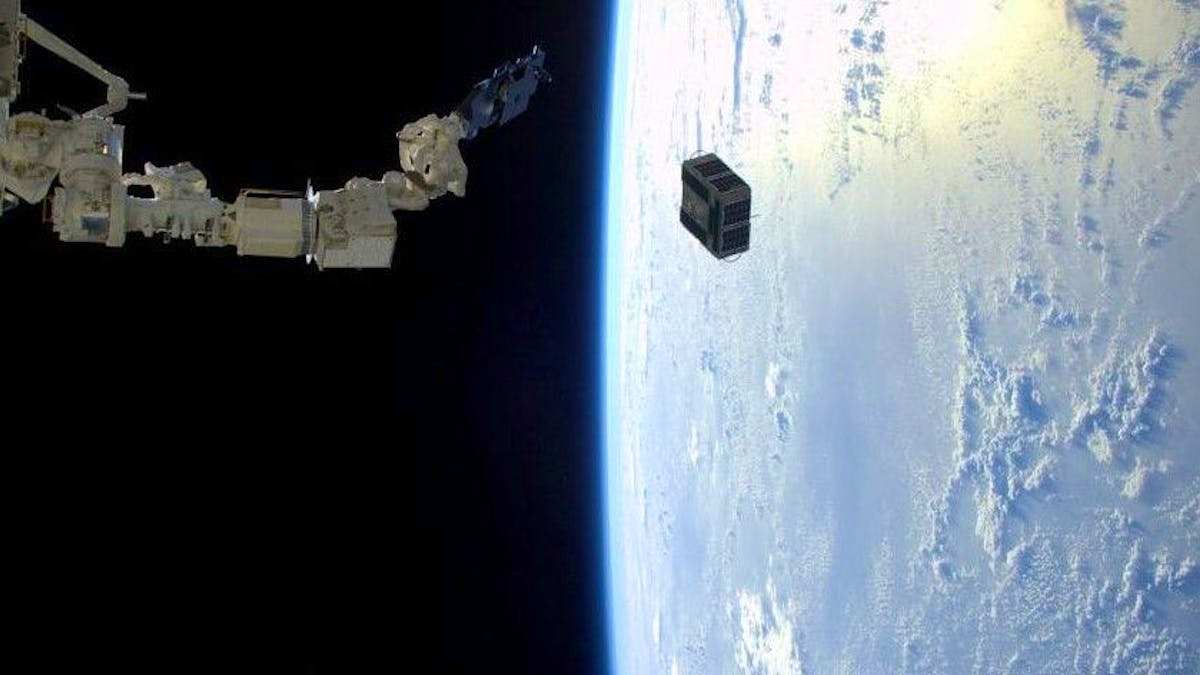Present in “All physics equations”, time is essential to the functioning of computers or even satellite geolocation systems, recalled during a press conference Simon Weinberg, project manager at the European space agency. However, in 1915, Einstein upset our vision of time, hitherto considered as universal and absolute. In his theory of general relativity, he predicted that time was not the same everywhere and slowed down near a massive object.
A precision of a millionth
On Earth, time thus passes faster at the top of the Eiffel Tower than its base, but this “Einstein effect” is infinitesimal. On the other hand, it becomes perceptible when you go away in space. In orbit at 20,000 km above sea level, the atomic clocks of geolocation satellites, for example, advance 40 microseconds each day compared to those positioned on earth.
The objective of the European mission is to improve the measurement of this “gravitational discrepancy” of two decimals, to reach a precision of a millionth, thanks to the two atomic clocks of the Aces ensemble. Embacked aboard a Falcon 9 rocket from Space X, Aces is scheduled to take off on Monday at 10:15 am (in Switzerland) from Cap Canaveral in Florida. Direction the ISS, 400 km above sea level, where a robotic arm will position it outside the station on the Columbus module. He will stay there for 30 months to collect clock data.
A hydrogen surdo developed in Switzerland
The first, Pharao, designed by the National Center for French Space Studies, is an ultravid tube in which atoms will be cooled by laser at a temperature close to absolute zero (-273 ° C). Immobilized by the cold and in a situation of impossor, their vibrations at a particular frequency will be counted with more precision than on earth.
Since 1967, in fact, the second has no longer been defined according to earthly rotation, but as the regular “tick-tac” of an atom. It corresponds to 9,192,631,770 periods of an electromagnetic wave emitted by an atom of cesium 133 which changes from the state of energy. Pharao will operate as a “tuning for a tuning” reproducing the definition of the second, told the press Philippe Laurent, responsible for ACES/Pharao activities at the Paris Observatory. A second clock – a hydrogen chser developed in Switzerland – will play the role of a “metronome”, helping him to keep his stability.
In search of the Grail
In the end, it will only derive from a second every 300 million years. A technological feat that has requested more than 30 years of work. Optical clocks – which use higher frequencies and are 100 times more precise – have certainly been born on earth. If this new generation will “surpass atomic clocks in the future”, it remains a technology “still relatively young” and “none has been put in orbit”, underlined Weinberg, according to whom Aces is “unique”.
Its signal will be transmitted to the ground by a microwave. On Earth, nine terminals (in Europe, in Great Britain, in Japan and the United States) will compare it to the time measured by their own clocks. The differences will be analyzed to “determine if the result is in accordance with the predictions of the theory of relativity”, details Laurent.
In the opposite case, “a new window will open in the world of physics”. Which will have to make adjustments to make Einstein equations coincide with observations. And perhaps advance in the quest for the grail of physicists: reconcile the general relativity which explains the functioning of the universe and quantum physics which governs the infinitely small. Two theories that have so far been incompatible.

